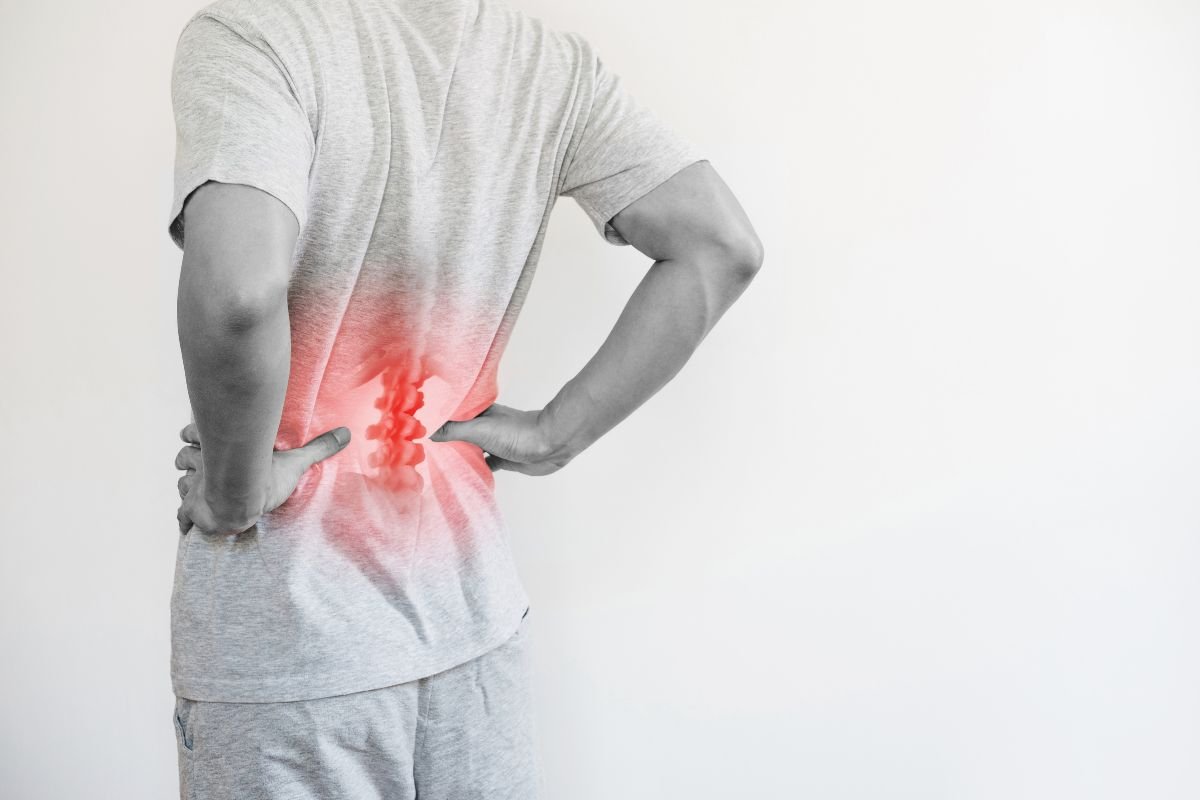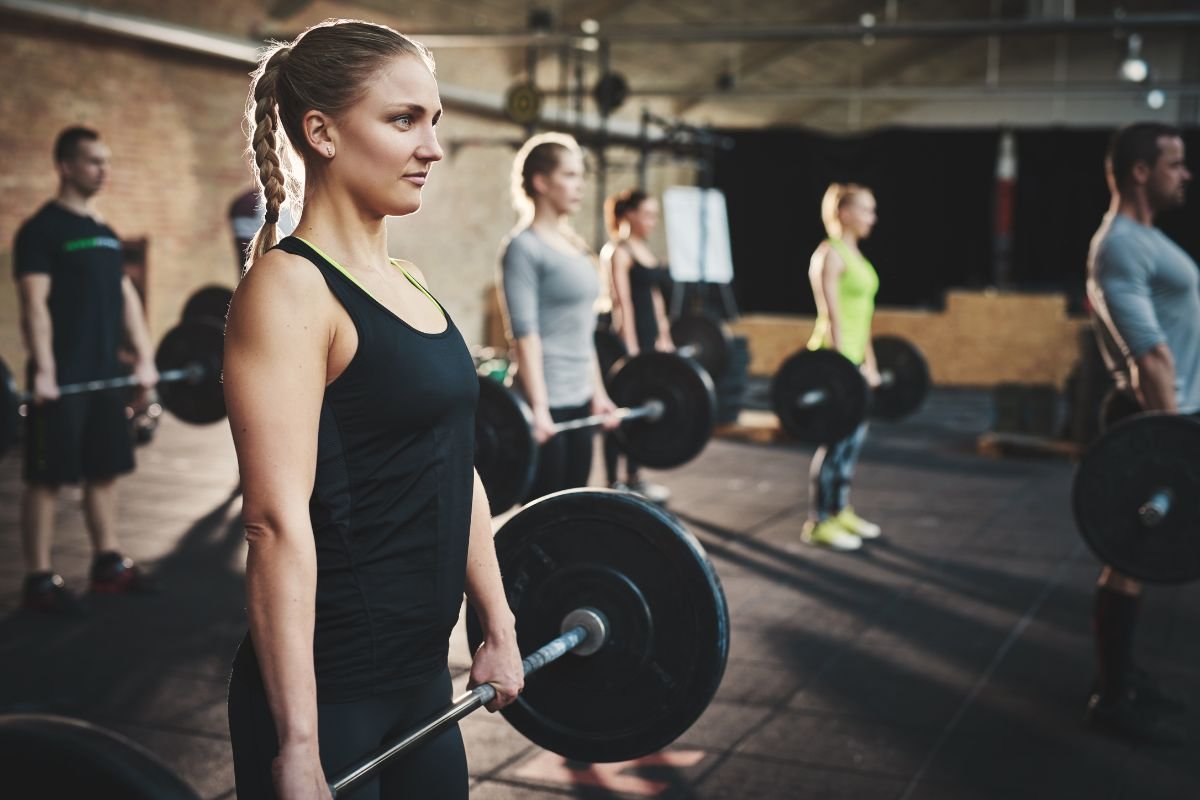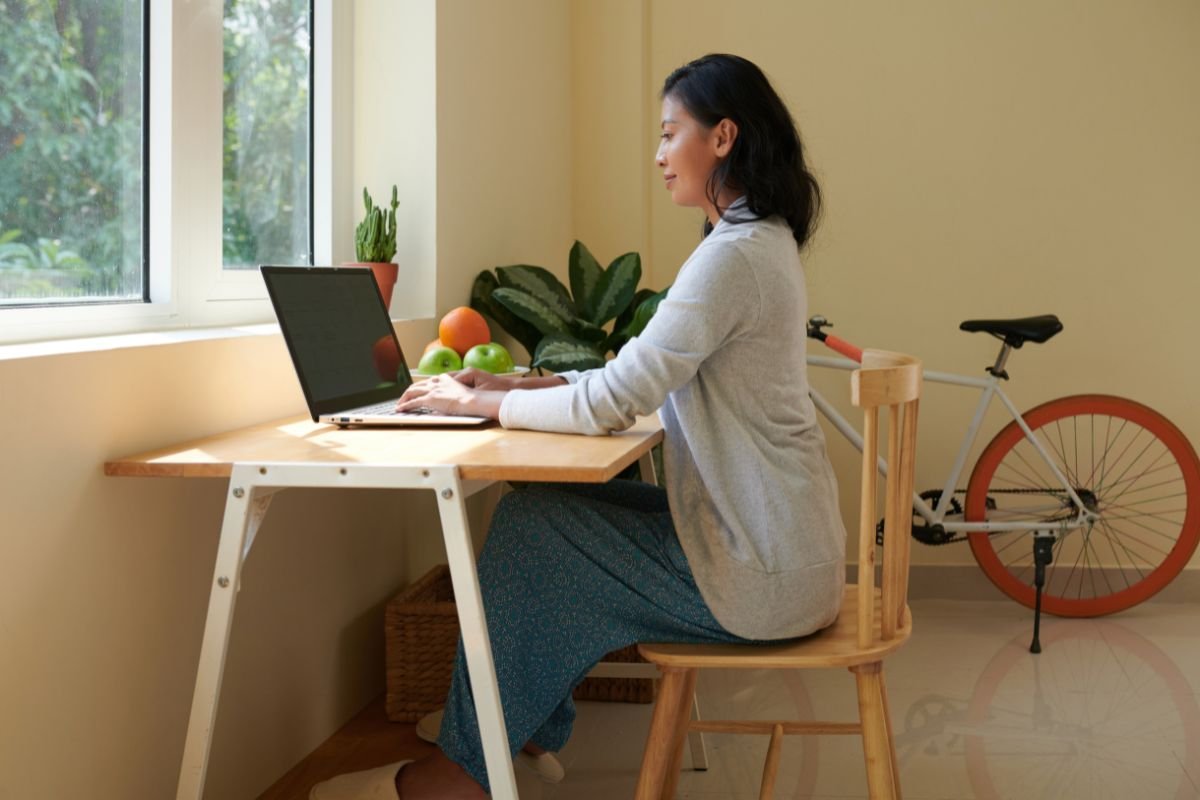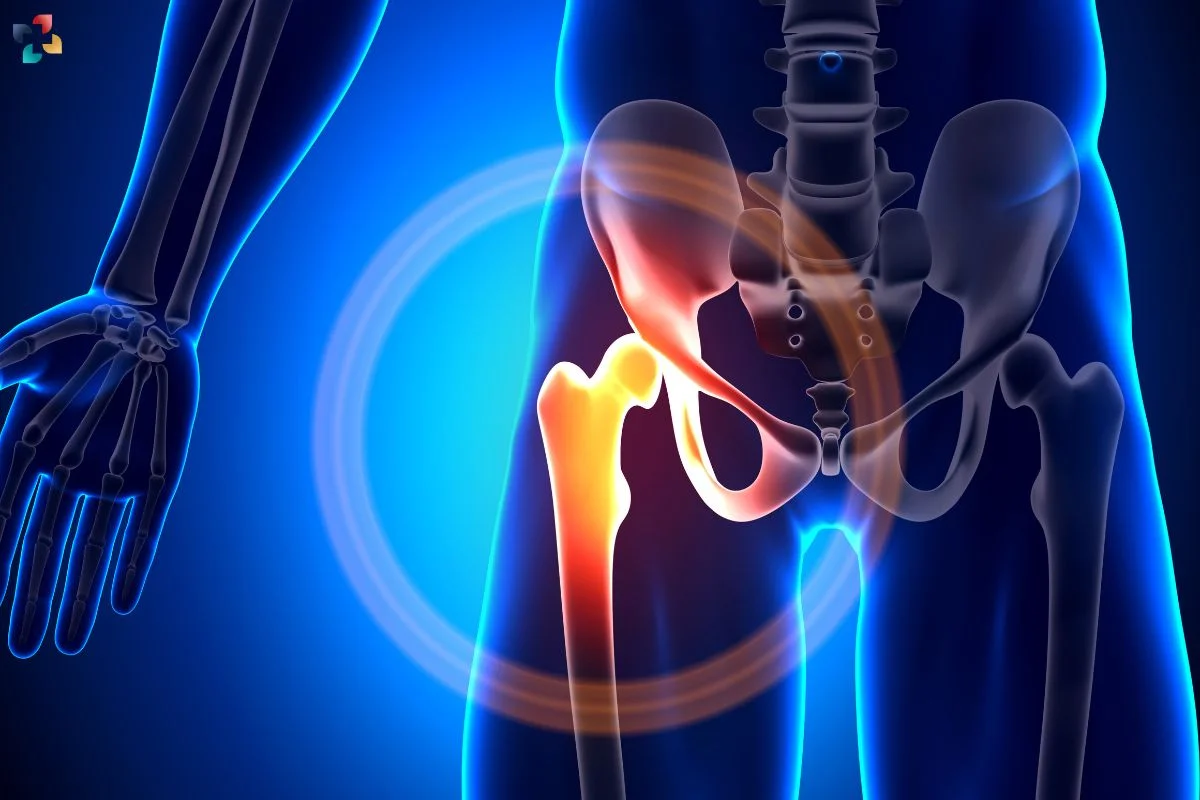Hip flexors are crucial muscles that play a significant role in maintaining proper posture, facilitating movement, and ensuring overall bodily function. Weak hip flexors can lead to a range of issues, from discomfort and pain to reduced mobility. Understanding the symptoms, causes, and treatment options for weak hip flexors is essential for addressing this common issue. This comprehensive guide will cover everything you need to know about weak hip flexors, including symptoms, causes, and effective treatment strategies.
What Are Hip Flexors?
Before diving into the specifics of weak hip flexors, it’s important to understand what these muscles are and their functions. The hip flexors are a group of muscles located at the front of the hip and thigh. They include the iliopsoas (comprised of the iliacus and psoas major muscles), the rectus femoris, the sartorius, and the tensor fasciae latae. These muscles are responsible for lifting the leg towards the body and assisting in various movements, such as walking, running, and bending.
Symptoms of Weak Hip Flexors

This can manifest in several ways. Recognizing these symptoms is the first step in addressing the problem. Common symptoms of weak hip flexors include:
- Lower Back Pain: Weak hip flexors can contribute to poor posture and misalignment, leading to discomfort and pain in the lower back.
- Hip Pain: Weakness in the hip flexors may cause pain or discomfort in the hip joint, particularly when performing activities that involve lifting the legs or bending at the waist.
- Difficulty Climbing Stairs: If you struggle with climbing stairs or walking uphill, it may be due to weak hip flexors.
- Reduced Range of Motion: This can limit the range of motion in the hips, making it difficult to perform certain movements or exercises.
- Poor Posture: Weak hip flexors can lead to an anterior pelvic tilt, which may cause poor posture and an exaggerated curve in the lower back.
- Fatigue During Physical Activity: Experiencing fatigue or discomfort in the hip area during physical activities may be a sign of weak hip flexors.
Causes of Weak Hip Flexors
Several factors can contribute to this. Understanding these causes can help in preventing and addressing the issue effectively. Common causes of weak hip flexors include:
- Sedentary Lifestyle: Prolonged sitting and inactivity can lead to the weakening of hip flexors. When these muscles are not regularly engaged, they can become weak and less effective.
- Poor Posture: Consistently poor posture, such as sitting with a slouched back, can lead to weakening of the hip flexors and other related muscles.
- Muscle Imbalances: Imbalances between the hip flexors and other muscle groups, such as the hamstrings and glutes, can contribute to weakness in the hip flexors.
- Inadequate Stretching: Failure to stretch and strengthen the hip flexors can lead to muscle tightness and weakness.
- Overuse or Strain: Intense physical activity or sports that place excessive strain on the hip flexors can result in weakness and injury.
- Injury or Surgery: Previous injuries or surgical procedures involving the hip or lower body can affect the strength and function of the hip flexors.
Treatment for Weak Hip Flexors

Addressing this involves a combination of strengthening exercises, stretching, and lifestyle changes. Here are some effective strategies for treating weak hip flexors:
1. Strengthening Exercises
Strengthening the hip flexors is essential for improving their function and reducing symptoms. Here are some exercises to consider:
- Leg Raises: Lie on your back with your legs extended. Slowly lift one leg towards the ceiling, keeping it straight. Lower it back down and repeat with the other leg.
- Lunges: Perform lunges by stepping one foot forward and lowering your body until both knees are bent at 90 degrees. Alternate legs.
- Hip Flexor Stretch: Kneel on one knee with the other foot in front, forming a 90-degree angle at both knees. Push your hips forward to stretch the hip flexors.
- Planks: Engage your core and hold a plank position, keeping your body in a straight line from head to heels.
2. Stretching
Incorporating stretching exercises into your routine can help improve flexibility and alleviate tightness in the hip flexors. Consider these stretches:
- Butterfly Stretch: Sit with your feet together and knees bent outward. Gently press your knees towards the ground to stretch the inner thighs and hip flexors.
- Pigeon Pose: From a tabletop position, bring one knee forward and extend the opposite leg straight back. Lower your hips towards the floor.
- Standing Quad Stretch: Stand on one leg and pull your opposite foot towards your buttocks, holding the stretch with your hand.
3. Posture Improvement
Improving your posture can help alleviate the strain on your hip flexors. Pay attention to your sitting and standing positions, and consider using ergonomic furniture if you spend long hours sitting.
4. Regular Physical Activity
Incorporating regular physical activity into your routine can help maintain strength and flexibility in the hip flexors. Engage in activities like walking, jogging, cycling, or swimming to keep your muscles active.
5. Consultation with a Healthcare Professional
If you experience persistent pain or discomfort related to weak hip flexors, consider consulting a healthcare professional, such as a physical therapist or orthopedic specialist. They can provide personalized recommendations and treatment plans based on your specific condition.
Preventing Weak Hip Flexors

Preventing weak hip flexors involves adopting healthy habits and maintaining an active lifestyle. Here are some tips to help prevent weakness in the hip flexors:
- Stay Active: Incorporate regular exercise and physical activity into your routine to keep your hip flexors strong and flexible.
- Maintain Good Posture: Pay attention to your posture while sitting, standing, and moving to reduce strain on the hip flexors.
- Stretch Regularly: Include stretching exercises for the hip flexors and surrounding muscle groups in your fitness routine.
- Avoid Prolonged Sitting: Take breaks from sitting to stand up, stretch, and move around to prevent stiffness and weakness in the hip flexors.
- Strengthen Supporting Muscles: Strengthen other muscle groups, such as the glutes and core, to support the hip flexors and maintain overall balance.

Understanding and Managing Hip Flexor Pain: A Comprehensive Guide
Hip flexor pain is a common issue affecting individuals of all ages and activity levels. The hip flexors, a group of muscles located at the front of the hip, play a crucial role in various movements, including walking, running, and bending.
Conclusion
Weak hip flexors can significantly impact your comfort, mobility, and overall well-being. By recognizing the symptoms, understanding the causes, and implementing effective treatment and prevention strategies, you can address and manage weak hip flexors effectively. Incorporate strengthening exercises, stretching, and healthy habits into your routine to maintain strong and functional hip flexors. If necessary, seek guidance from a healthcare professional to tailor a treatment plan to your specific needs. Remember, maintaining strong hip flexors is crucial for overall health and functionality, so take proactive steps to keep them in optimal condition.







